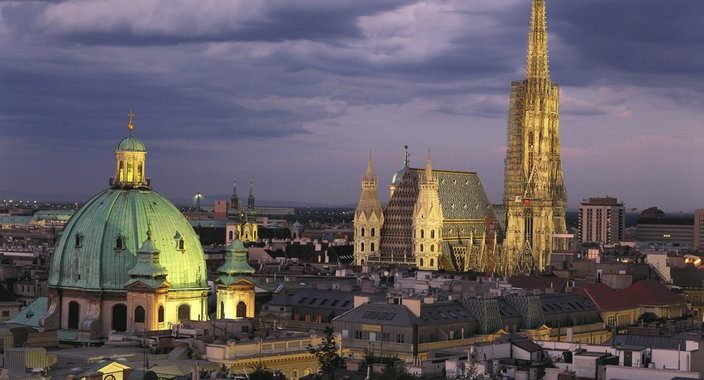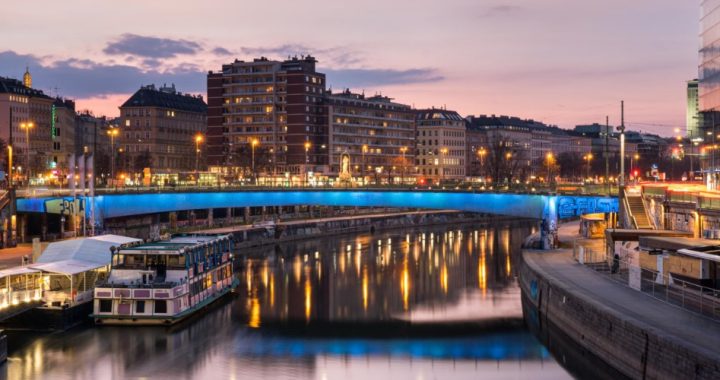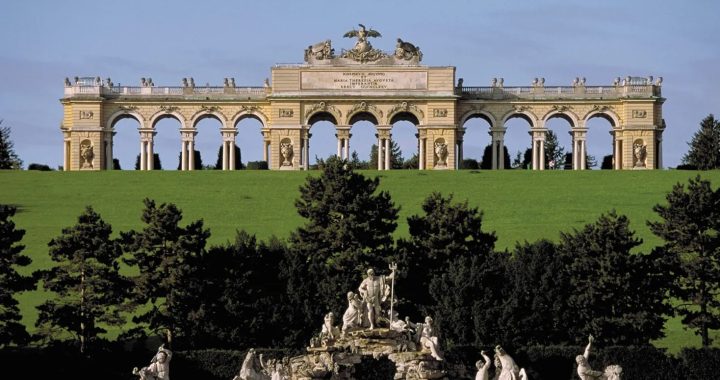Mogadishu Km Square: Geography and Urban Expansion

Overview
Mogadishu km square is a crucial aspect when understanding the geography and urban expansion of Somalia’s capital city, Mogadishu. The term mogadishu km square refers to the measurement of the city’s total land area and its evolving boundaries as urban development accelerates. This article will explore the significance of mogadishu km square in grasping how the city has grown over time, the geographical challenges it faces, and the dynamics that drive its expansion. Mogadishu km square plays a vital role not only in the physical space the city occupies but also in planning infrastructure, managing population growth, and enhancing economic activities. By examining mogadishu km square, we can gain insights into the spatial characteristics that define Mogadishu and the ways in which the city’s footprint continues to evolve. The focus on mogadishu km square helps paint a detailed picture of urban development trends and offers a basis for future city planning. Understanding mogadishu km square also contributes to assessing environmental impacts and urban sustainability in this rapidly changing metropolis.
Geography of Mogadishu Km Square
The geography of Mogadishu km square is characterized by its coastal location along the Indian Ocean, which significantly influences its climate, economy, and urban development patterns. The city’s position within the mogadishu km square area offers a unique blend of flat coastal plains and some gentle hills inland, providing a natural foundation for urban settlement. Mogadishu km square encompasses diverse terrains, including sandy beaches, wetlands, and river valleys, which have historically affected how the city expanded. The coastline within mogadishu km square has been a major factor in trade and transportation, allowing Mogadishu to develop as a vital port city for Somalia and the wider Horn of Africa region. Additionally, the climate within mogadishu km square is semi-arid, with a hot temperature regime and seasonal rainfall that influences urban agriculture and water resource management. The geographical attributes within mogadishu km square shape the urban layout, infrastructure development, and residential distribution across the city.
Urban Expansion and Mogadishu Km Square
Urban expansion within mogadishu km square has been rapid and complex, driven by population growth, migration, and economic recovery after years of conflict. The increasing number of people moving into mogadishu km square has led to the development of new neighborhoods and commercial zones beyond the original city center. This expansion has extended the boundaries of mogadishu km square, incorporating formerly rural or undeveloped lands into the urban fabric. Urban planners and local authorities face challenges managing this growth within mogadishu km square due to limited resources, infrastructure deficits, and land tenure issues. However, the expansion within mogadishu km square has also created opportunities for investment, improved housing, and enhanced connectivity through road networks and public services. The urban sprawl in mogadishu km square sometimes results in informal settlements that lack adequate facilities, which raises concerns about sustainable development and urban resilience. Nonetheless, efforts to plan and regulate growth within mogadishu km square continue to be a priority to accommodate the city’s demographic trends and economic potential.
Economic Impact of Urban Growth in Mogadishu Km Square
The economic implications of urban growth within mogadishu km square are profound. As the city expands across mogadishu km square, new business districts, industrial areas, and markets emerge, contributing to economic diversification. The expansion of mogadishu km square also enhances the city’s role as a trade hub, with improved port facilities and transportation corridors facilitating regional commerce. The increase in mogadishu km square’s built environment supports a growing service sector, including retail, hospitality, and finance, which fuels employment opportunities. Additionally, real estate development within mogadishu km square attracts domestic and foreign investment, stimulating construction and related industries. However, the economic benefits linked to urban expansion in mogadishu km square must be balanced with addressing disparities in access to resources and ensuring equitable growth. Sustainable economic development strategies within mogadishu km square aim to integrate informal sectors and improve livelihoods while maintaining urban infrastructure and environmental quality.
Challenges and Opportunities within Mogadishu Km Square
Managing the challenges associated with the expanding mogadishu km square requires coordinated efforts between government, community stakeholders, and international partners. Key challenges include urban congestion, inadequate sanitation, limited public transportation, and vulnerability to climate change impacts such as flooding along coastal areas within mogadishu km square. The informal settlements spread across parts of mogadishu km square face risks related to poor housing conditions and insufficient access to clean water and healthcare. Despite these obstacles, opportunities abound within mogadishu km square to leverage urban growth for sustainable development. Enhancing urban planning within mogadishu km square by incorporating smart growth principles can improve land use efficiency, promote green spaces, and protect vulnerable ecosystems. Moreover, investments in infrastructure projects targeting transport, energy, and social services within mogadishu km square will help accommodate future population increases and economic activities. The potential of mogadishu km square as a resilient, vibrant urban center depends on addressing current challenges through innovative policies and inclusive development strategies.
Future Outlook on Mogadishu Km Square
Looking ahead, the future of mogadishu km square is shaped by ambitious urban development plans aimed at modernizing the city while preserving its cultural heritage and natural environment. Urban planners envision a more integrated cityscape within mogadishu km square, where transportation networks, housing projects, and commercial hubs are seamlessly connected. The expansion of mogadishu km square will likely continue as the city consolidates its status as Somalia’s political, economic, and social nucleus. Emphasis on sustainable urbanization within mogadishu km square includes promoting renewable energy, improving waste management, and enhancing climate resilience. Additionally, digital technologies are expected to play a role in managing urban growth and delivering public services more efficiently across mogadishu km square. As population density rises within mogadishu km square, strategic interventions to optimize land use and support inclusive development will be crucial for the city’s long-term prosperity. The evolving geography and urban expansion of mogadishu km square thus present both challenges and opportunities that will define the trajectory of Mogadishu in the decades to come.
In conclusion, mogadishu km square is a vital framework for understanding the spatial and developmental dynamics of Somalia’s capital city. The geography of mogadishu km square influences how the city grows, while urban expansion within mogadishu km square shapes its economic, social, and environmental future. Efforts to plan, manage, and sustain growth within mogadishu km square are essential for transforming Mogadishu into a thriving, resilient metropolis. The continued study and monitoring of mogadishu km square will provide valuable insights for policymakers, urban planners, and stakeholders invested in the city’s ongoing development journey.
 Wichtige Informationen und Services zur Stadt Wien
Wichtige Informationen und Services zur Stadt Wien  Wien Online: Ihr Leitfaden für die besten Erlebnisse in Wien
Wien Online: Ihr Leitfaden für die besten Erlebnisse in Wien  Kultur und Geschichte von Wien: Ein Blick hinter die Kulissen
Kultur und Geschichte von Wien: Ein Blick hinter die Kulissen  88i nhà cái: Your Strategic Guide to Winning at 2025’s Top Online Casino
88i nhà cái: Your Strategic Guide to Winning at 2025’s Top Online Casino